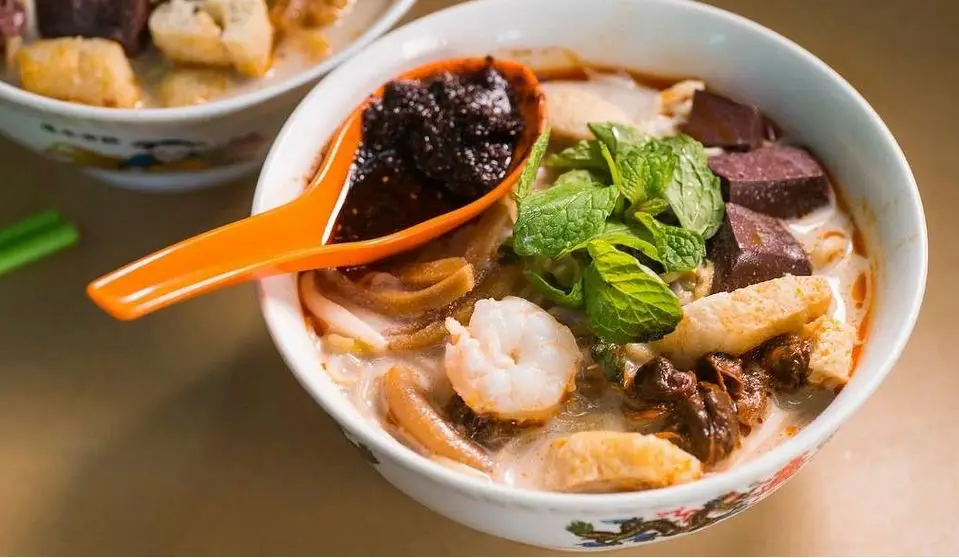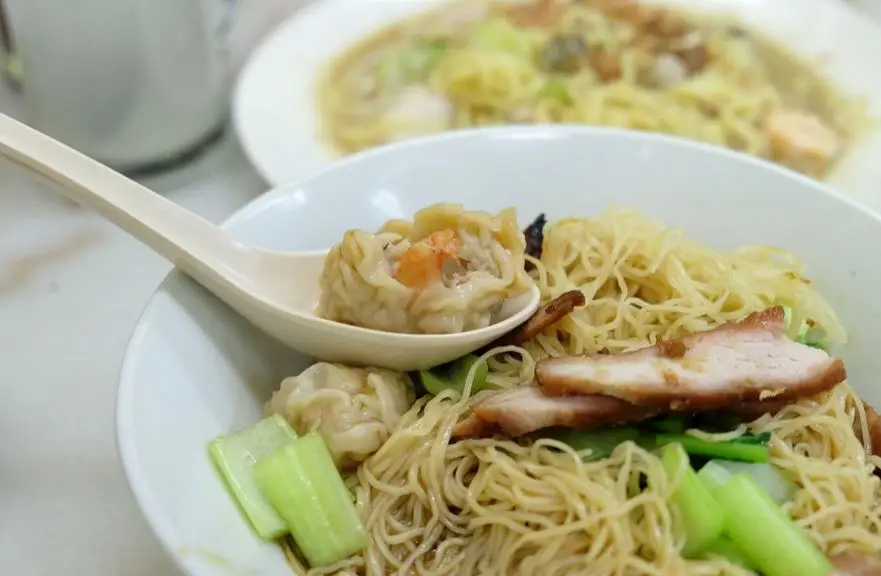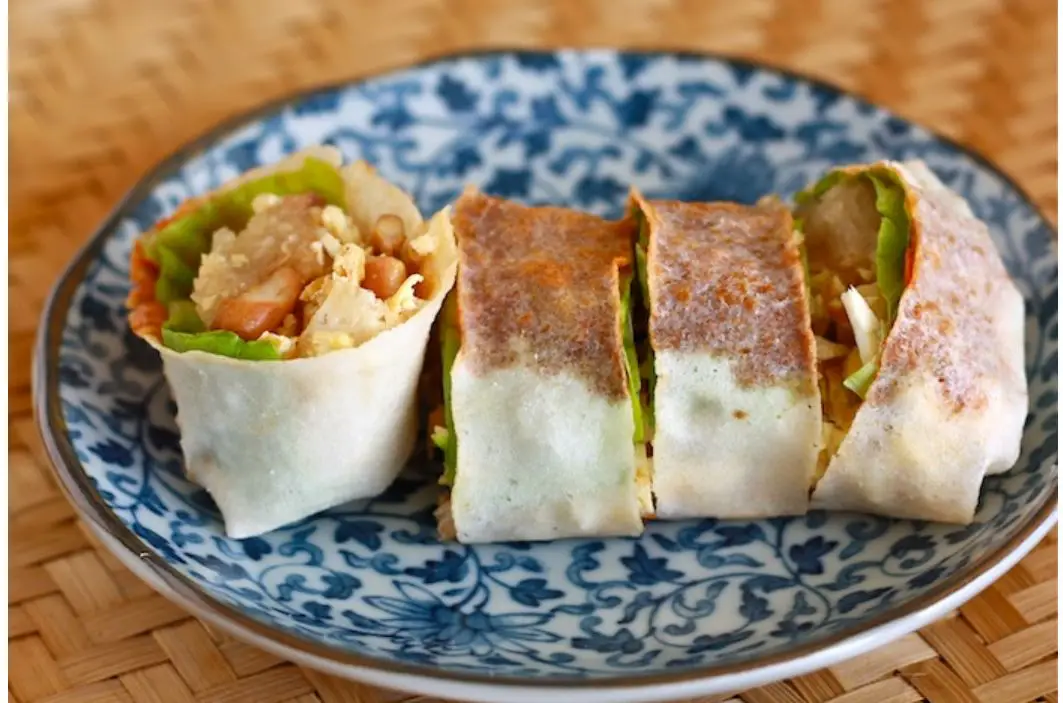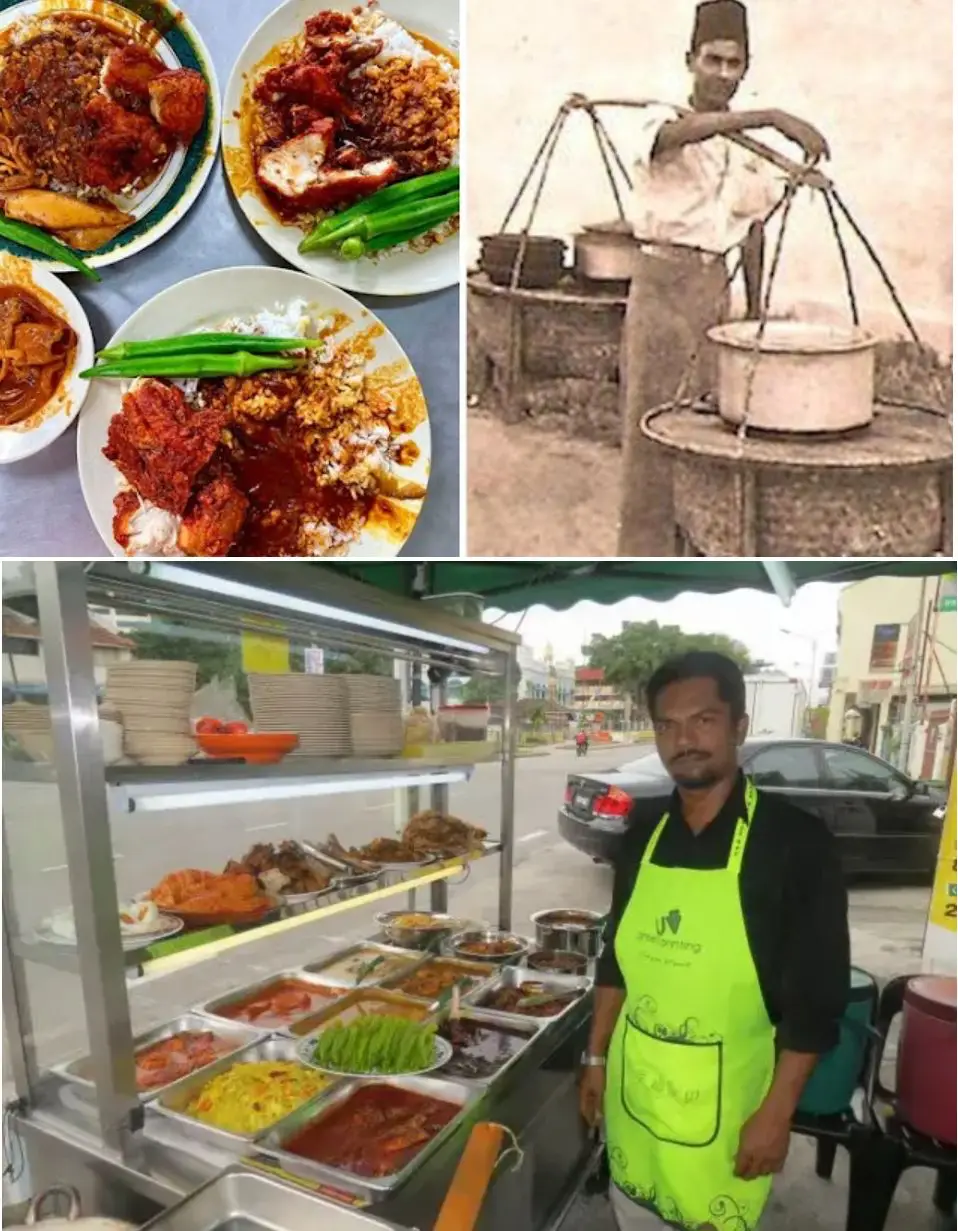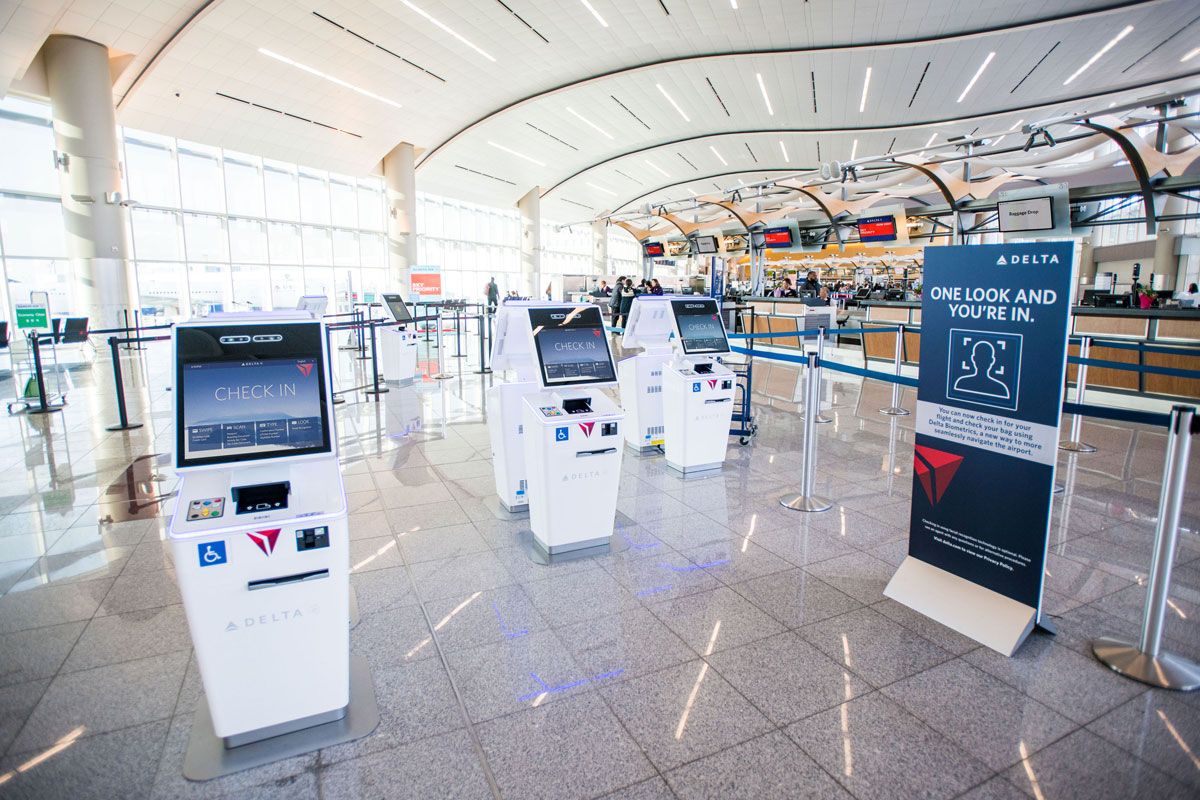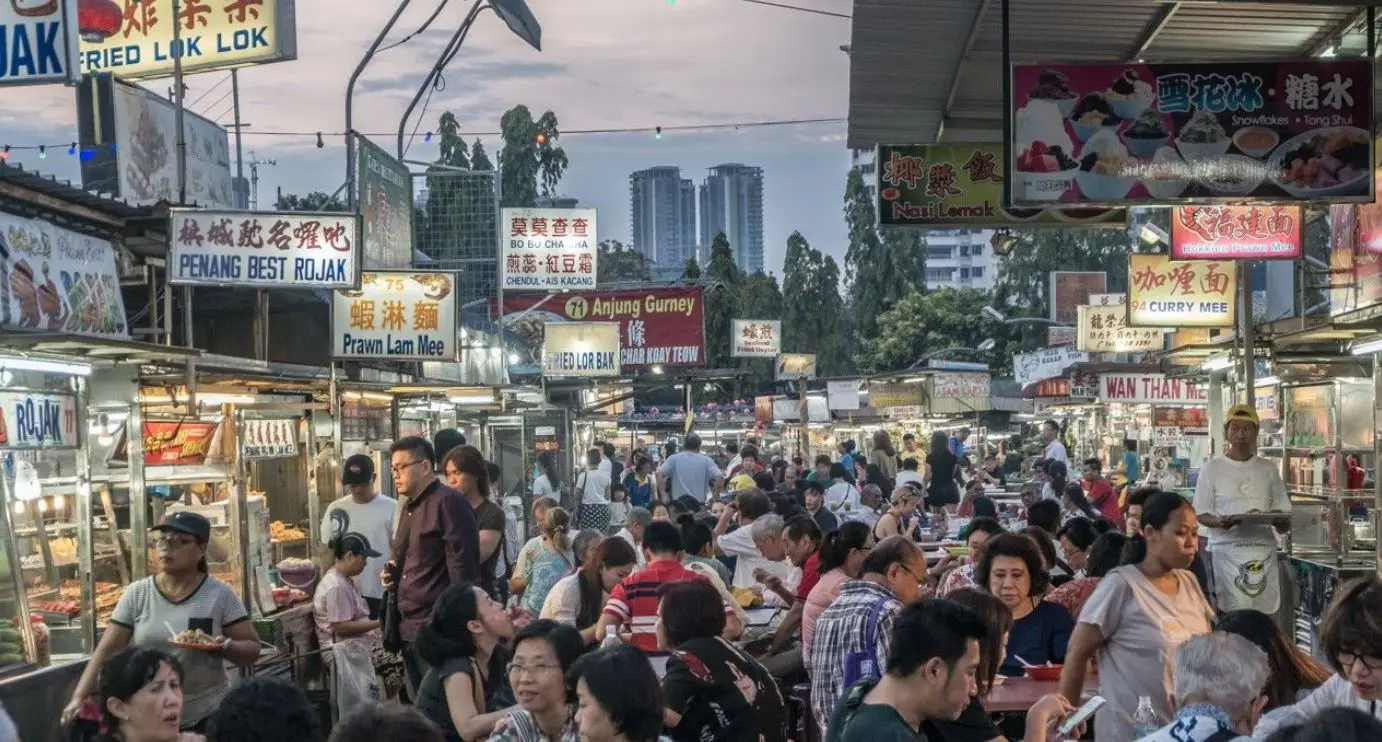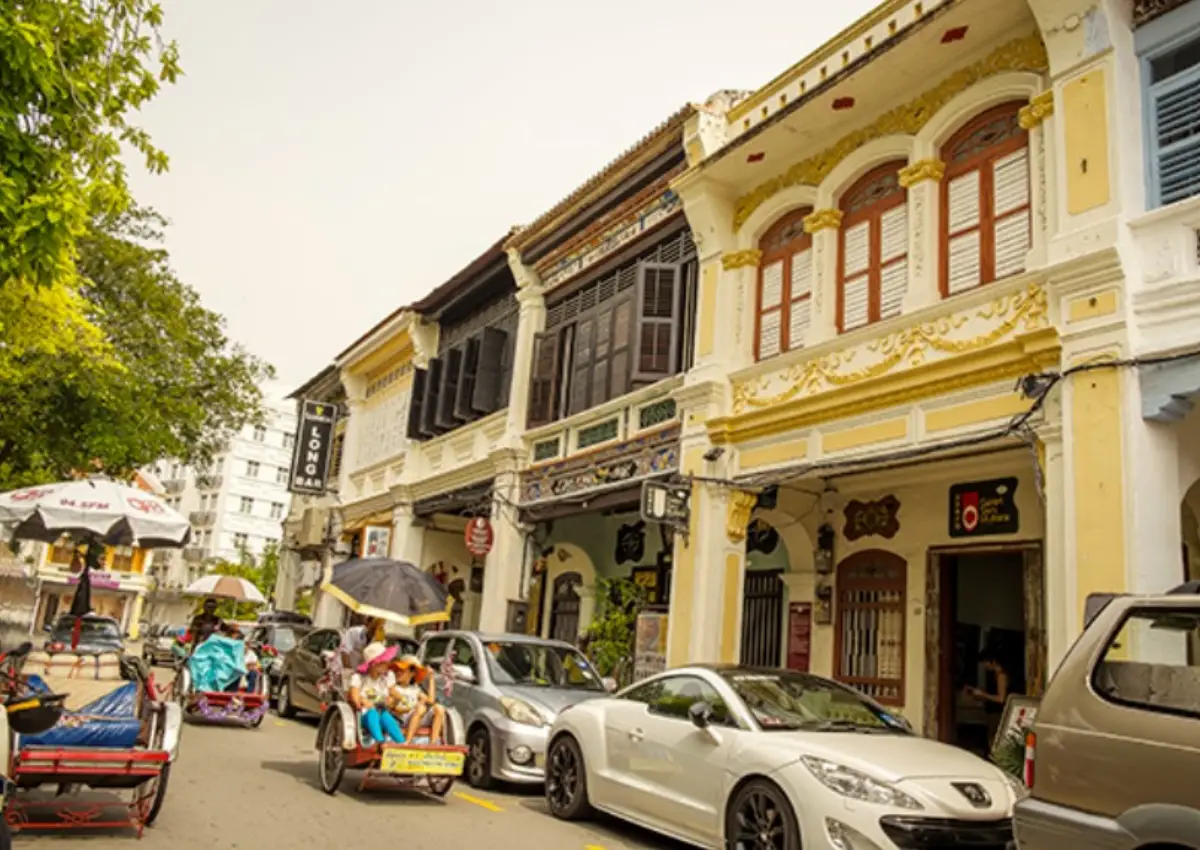I had previously written about five of the most popular street foods in my hometown of Georgetown in Penang, Malaysia.
So let us continue on our food journey with a few more types of street food that Penang is famous for.
Hokkien Mee (also known as curry mee)
A true Penang dish, Hokkien Mee, is a noodle-based dish steeped in an aromatic stock made from pork bones and prawn shells, especially the heads.
The term ‘Hokkien’ is the main dialect that is spoken by the Chinese community in Penang and it also represents people who originally migrated overseas from southern China. ‘Mee’ is the local term for noodles. This dish can be eaten for breakfast, lunch or dinner or any time of the day as it is light and refreshing.
First a handful of yellow noodles and rice vermicelli is blanched in hot water to cook them lightly and to loosen them and then placed in a bowl. Boiling broth made of shrimps and pork that has been boiled for hours, is then poured into the bowl and served with bean sprouts, a few slices of lean pork, shrimps and topped with fragrant fried shallots.
A garnish of fried shallots and a dollop of chili paste are finally added for a spicy kick but you can also order it without the chili. Pork ribs can also be ordered for an additional cost. A word of caution, small cubes of coagulated pig’s blood are added so you can remove or just tell the hawker not to add that to your broth.
Wan Tan Mee
Wan Tan noodles takes its name from the ubiquitous meat dumpling made from minced pork and prawns. This noodle dish can be served dry or with a clear soup.
What sets this dish apart is its noodles which have a ‘springy’ texture when chewed and taste almost like a squid. The yellow noodles are made from eggs and rice flour, and the thickness would be similar to a shoe string.
The dry version of this noodle dish is served with thick soy sauce, light soy sauce and lard oil mixed with the noodles. For this dry version, a bowl of clear soup with the dumplings is served as an accompaniment instead of being placed in the same bowl as for the wet version. It is best eaten with slices of pickled green chilies dipped in light soy sauce.
Both versions are served with thin slices of barbecued meat, shredded chicken and a few strands of leafy vegetables. This is a wholesome and hearty dish which is neither oily or spicy and can be eaten at any time of the day.
Poh Piah
The spring roll is synonymous around the world with Asian food. Penang has its own version called ‘poh piah’ (which means “thin pancake” in Teochew, a Chinese dialect) – is stuffed with a medley of shredded vegetables with a sweet clear vegetable broth ladled over it when serving. This is my favourite appetiser.
First, the crepe is spread with shrimp paste and chili (you can order it without chilli), and then layered with shredded boiled eggs, stewed vegetables which are mainly turnip boiled with some minced garlic, and finished off with a dash of minced peanuts and fried shallots, all wrapped expertly in a thin crepe made of flour.
The roll is then sliced into a few small pieces and topped by a clear broth. In the olden days, fresh crab meat was added to the filling but not these days, it is rare due to the high cost of crab meat.
The Singapore version is larger or ‘fatter’ and bean sprouts are added to the filling. Plus, it is a dry version, with no hot broth poured over it.
Nasi Kandar
A traditional Indian Muslim food, nasi kandar originates from Penang. In the Malay language, ‘nasi’ means rice. In the older days, street food vendors used a pole placed on the shoulder to carry the dishes on both ends – this delivery method is called ‘kandar’. That is how the nasi kandar got its name.
The dish is basically steamed rice served with a choice of different curry-based dishes and vegetables. What sets it apart are all the many varieties of curry-based dishes and vegetables that you can choose to go with the rice. Usually after you select the dishes from a short buffet line, these curries will be poured on top of the rice and dishes, all on one plate.
The cost of the dish depends on what you order as accompaniments that go with your rice. Nasi kandar is now served at casual restaurants which can be found almost everywhere in Penang and it is extremely popular with the Muslim community who come all over Malaysia and the region, as well as with visitors alike.
Another edition of Penang’s street food will be brought to you soon!


